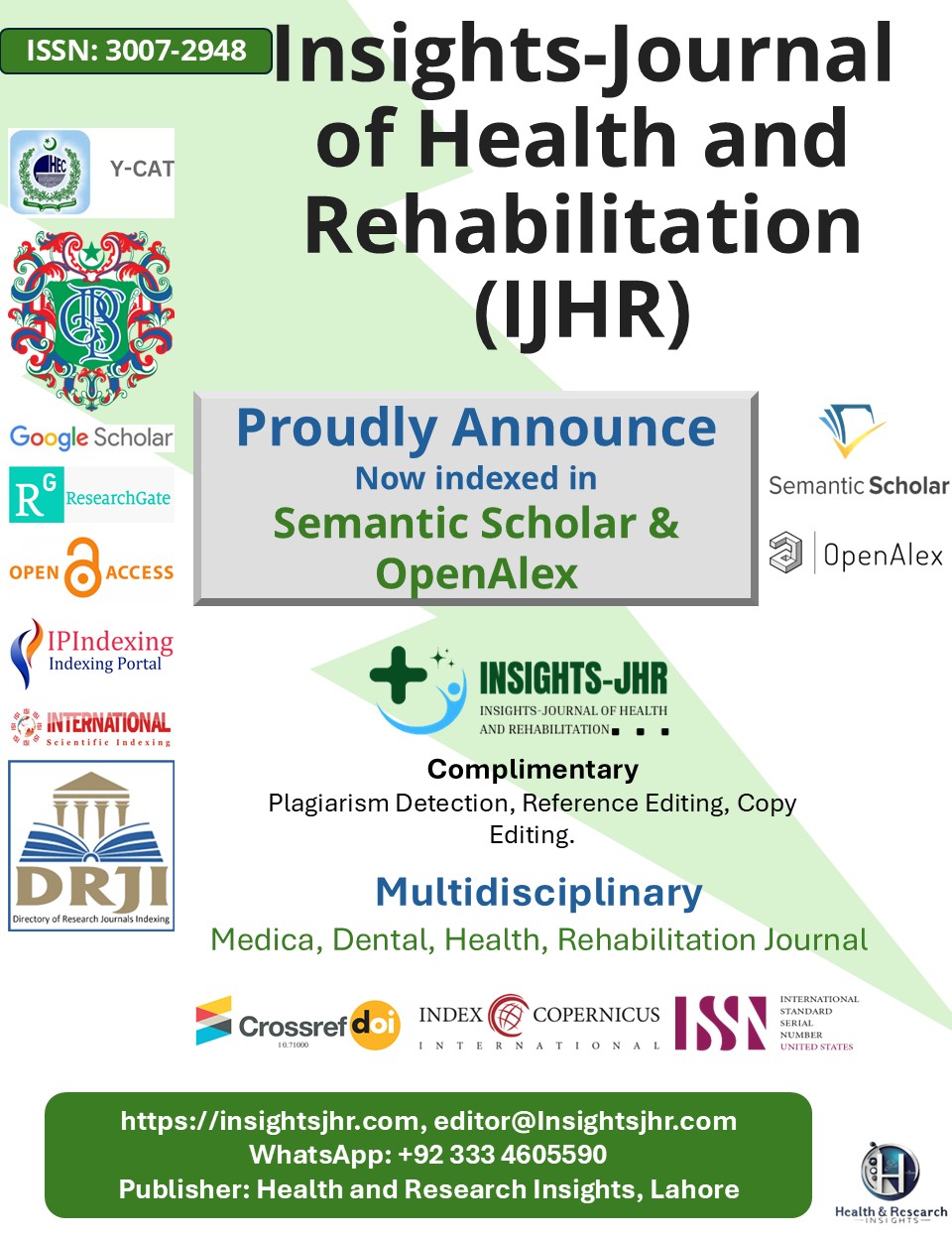FREQUENCY OF ACUTE KIDNEY INJURY IN PATIENTS OF CHRONIC KIDNEY DISEASE STAGE III/IV WITH TYPE 2 DIABETES MELLITUS USING SGLT2 INHIBITORS
DOI:
https://doi.org/10.71000/me281040Keywords:
Acute Kidney Injury, Chronic Kidney Disease, Diabetes Mellitus Type 2, Empagliflozin, Glomerular Filtration Rate, Renal Insufficiency, SGLT2 InhibitorsAbstract
Background: Chronic kidney disease (CKD) is a major global health burden, often exacerbated by type 2 diabetes mellitus (T2DM). Sodium-glucose cotransporter 2 (SGLT2) inhibitors, though primarily prescribed for glycemic control, have demonstrated renal protective effects. However, concerns remain regarding their potential to precipitate acute kidney injury (AKI), particularly in patients with moderate-to-severe CKD. This study was conducted to evaluate the frequency of AKI among patients with CKD stage III/IV and T2DM receiving SGLT2 inhibitors.
Objective: To determine the frequency of acute kidney injury in patients with chronic kidney disease and type 2 diabetes mellitus undergoing treatment with SGLT2 inhibitors.
Methods: This descriptive cross-sectional study was conducted in the Department of Nephrology, Sheikh Zayed Hospital, Lahore, over six months. A total of 160 patients with CKD stages G3 and G4 and diagnosed with T2DM, who had been taking SGLT2 inhibitors for at least four weeks, were enrolled through non-probability consecutive sampling. Serum creatinine and eGFR were assessed to identify AKI based on KDIGO criteria. Data were analyzed using SPSS version 27.0. Means and standard deviations were calculated for continuous variables, while frequencies and percentages were presented for categorical variables. Chi-square tests were applied post-stratification with a significance threshold of ≤ 0.05.
Results: The mean age was 59.3 ± 8.6 years, with 58.8% male and 41.2% female participants. Mean serum creatinine was 2.1 ± 0.6 mg/dL, and mean eGFR was 38.4 ± 7.9 mL/min/1.73 m². AKI was observed in 12 patients (7.5%), while 148 patients (92.5%) did not develop AKI. Empagliflozin was the most commonly used SGLT2 inhibitor (45.0%).
Conclusion: AKI occurred in a manageable proportion of CKD stage III/IV patients with T2DM receiving SGLT2 inhibitors. These findings support the cautious yet beneficial use of SGLT2 inhibitors in this high-risk population, with emphasis on routine renal function monitoring.
Downloads
Published
Issue
Section
License
Copyright (c) 2025 Sana Fiyyaz, Mateen Akram, Rana Muhammad Umar, Akmal Zaib (Author)

This work is licensed under a Creative Commons Attribution-NonCommercial-NoDerivatives 4.0 International License.







